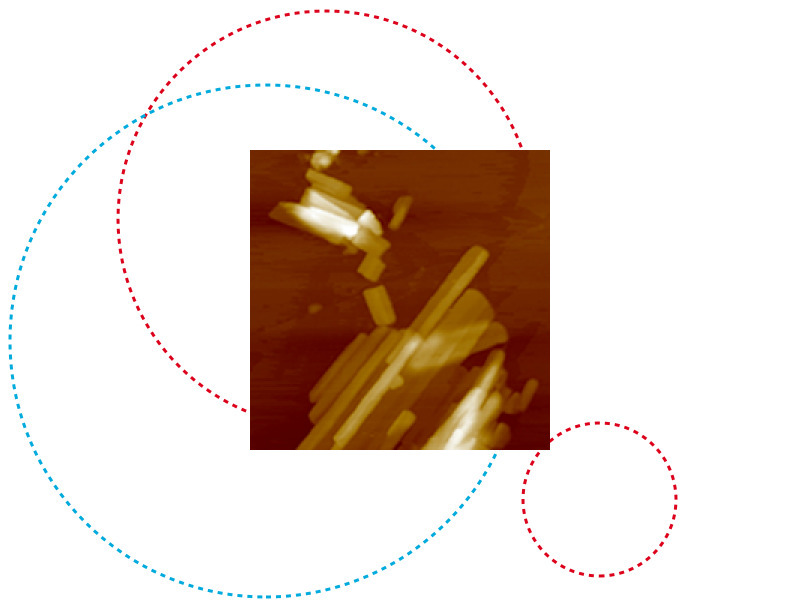New results from an international research team composed of the La Trobe and Swinburne Universities in Melbourne, ETH Zurich, and the University of Luxembourg, published in the peer reviewed Nature Communications on 13 June 2022, offer an explanation for the brain shrinkage evidenced from MRI scans following even from mild cases of COVID-19. The team identified some neurotoxins of a persistent and nasty type, which are encoded by the coronavirus genome.
As the Western world gradually relaxes coronavirus restrictions, with regular testing being phased out in most school systems, and masks becoming a rare sight on the streets, it is apparent that many people have suffered long-term harm from coronavirus infection. Guidance and treatment for people who think that they might have long COVID is not yet very solid, with the British NHS for example saying not much except that long COVID seems to be complex.
The symptoms that can persist or emerge over time differ from person to person, and it seems that there could well be multiple “post-viral syndromes” related to COVID-19. Post-viral illnesses are nothing new, but they are often subtle and difficult to diagnose or treat. Polio is notorious for inflicting permanent paralysis on sufferers; however, the many “fatigue syndromes”, some of which certainly have a viral origin, are often more subtle: patients become tired, or struggle to concentrate, and doctors often suspect that they have a psychological problem and prescribe anti-depressants or nothing at all. Long COVID isn’t as blunt as post-polio paralysis, but it is now common enough and serious enough that research into it is prioritised.
There has been some dramatic evidence from MRI scans of actual brain shrinkage following even from mild cases of COVID-19, published in Nature by researchers at Oxford University. New results from a Melbourne-Zurich-Luxembourg international team, freshly cleared through peer review at Nature Communications, offer an explanation for this very scary outcome by identifying some neurotoxins of a persistent and nasty type which are encoded by the coronavirus genome. The SARS-CoV2 genome is tiny, small enough to fit hand-written on one page, but it is also the longest genome of any RNA-based virus, with instructions that trick the host cell into making 16 or 17 different molecules. Some of the coded molecules are “helpers” that attack the immune system or assist in building more virus particles, rather than being structurally incorporated into the next generation of virus. The international research team has found that two small fragments of two of the smaller of these “helper” molecules (from the genes ORF6 and ORF10) are toxic to nerve cells.
The ORF6 and ORF10 molecules are not present in virus particles, so they are not primary targets for the host immune system. For this reason there are no ORF6 or ORF10 peptides in any current vaccine. Vaccines tend to focus on the spike protein S, which decorates the outside of the virus particles and is therefore a good target for immune recognition. Because they are not targets for the immune system, ORF6 and ORF10 aren’t under any great pressure to mutate: so far, while the spike protein has undergone many complex changes from strain to strain, ORF6 and ORF10 have remained stubbornly consistent.
Active fragments of the ORF6 and ORF10 virus products were synthesised in a lab and found to be neurotoxic in the same way as a process by which some of our own proteins can attack us, known as “amyloid formation”. Essential elements of our own biology, like prion protein (linked to the “Mad Cow” vCJD outbreak of the nineties) or the amyloid beta peptide (linked to Alzheimer’s disease) can become toxic when they clump together in numbers, forming what is known as amyloid. ORF6 and ORF10 have a similar tendency to these human-derived molecules to aggregate and form neurotoxic amyloid. The MRI scans of COVID-19 patients’ brains showed shrinkage in particular around the smell-processing regions of the brain, so this is consistent with coronavirus, or maybe just molecules resulting from the infection, crossing from the nose to the brain.
Direct neurotoxicity from coronavirus amyloid might not be the whole story of long COVID, or even a big part of it: biology is complicated. Some people with long COVID seem to have nerve myelination problems that look like a (hopefully short-lived) form of multiple sclerosis. Some people, especially those who had a serious case, suffer obvious damage to their circulation or their lungs.
Although amyloid is a very stable and tough material, it seems that healthy brains can protect themselves from it, as we all encounter or generate a small amount in the course of our lives. Changes that look serious on a scan may not even be noticed by the patient: our brains have a remarkable ability to route around damage and keep us moving through hard times. The nightmare of Alzheimer’s is that amyloid-forming molecules are continuously produced by the patient themselves, overwhelming protection mechanisms in a downward spiral; but coronavirus-related amyloid is produced only for as long as the infected cells survive.
“The identification of an amyloid neurotoxin from coronavirus is in a way, if you are an optimistic person, good news”, remarked Dr Josh Berryman, joint corresponding author of the paper and research scientist at the Department of Physics and Materials Science of the Faculty of Science, Technology and Medicine of the University of Luxembourg. “Your headache, the way your days lately just seem to be all too much, well that might just be a dose of amyloid that your system can eventually clear.”
Legend: detail of neurotoxins associated with COVID-19
